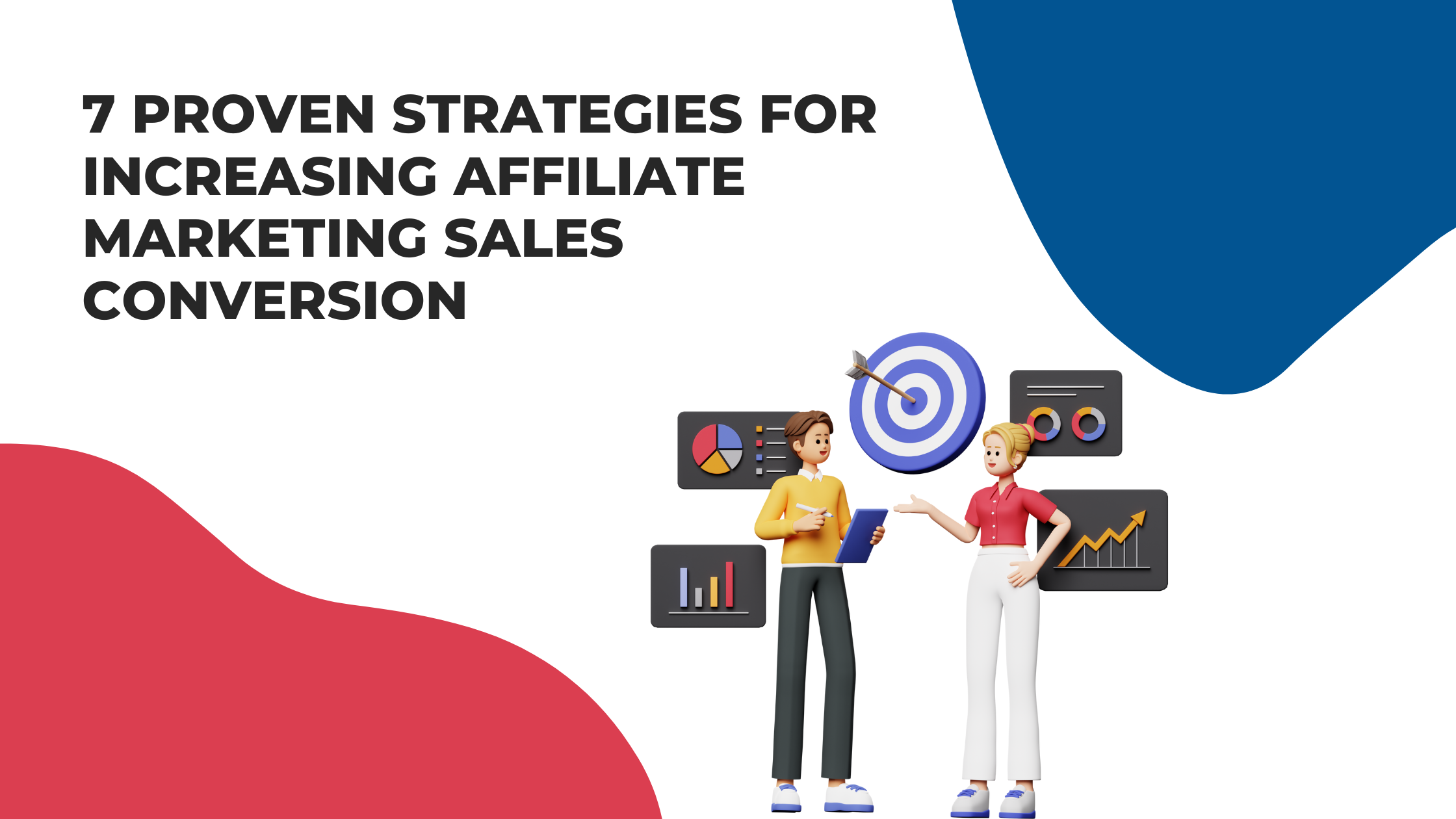Affiliate marketing is the backbone of the digital economy. It opens businesses to broader audiences and allows individuals to monetize their online presence. However, success in Affiliate Marketing hinges on one key factor: conversion rates. Just driving traffic isn’t enough; sealing the deal matters. Let’s explore strategies to turn those clicks into sales.
Understanding Affiliate Marketing Sales Conversions
Sales conversions in Affiliate marketing are the driving force behind the success of any campaign. It is the moment when all your hard work pays off. Without strong conversion, even the most well-crafted marketing strategies can fall short. Ensuring high conversion rates is important. It reflects how effective you are at persuading potential customers to take action and make a purchase. Your affiliate marketing success is based on how well you can turn clicks into sales by making conversion optimization a top priority.
Defining Conversion Rates in Affiliate Marketing
Conversion rates in affiliate marketing are calculated by dividing the number of conversions by the total number of visitors, then multiplying by 100 to get a percentage. This metric provides a clear picture of how successful an affiliate program is. For a comprehensive understanding, check OptiMonk’s insights on affiliate conversion rates.
The Importance of Target Audience in Affiliate Marketing
Imagine going fishing in a vast sea without knowing the type of fish you’re after. You might have all the right tools and a wide range of bait, but if you are not clear about the type of audience you wish to reach, like the fisher man, you are just casting your net aimlessly. Understanding your audience is much the same. Knowing who you’re selling to is crucial for better conversion rates. Tailor your content and offers to resonate with your target market, much like a skilled fisher chooses bait for specific fish.
Implementing Proven Strategies for Higher Conversions
Let’s get into actionable strategies that can drive your affiliate conversions to new heights.
Creating High-Quality Content
Content is king might be a cliché, but it holds power in affiliate marketing. Engaging, informative content attracts visitors and persuades them to make a purchase. Blog posts, videos, and reviews that speak to specific audience needs work wonders. Check out how Awin uses content effectively.
A/B Testing for Optimization in Affiliate Marketing
A/B testing is like fine-tuning a musical instrument. It lets you discover the best combinations of visuals, texts, and layouts. By comparing different versions of content, you can identify what truly resonates with your audience, providing a clear path to improving conversion rates. For a more comprehensive understanding of A/B testing check this article.
Utilizing Social Proof
Social proof is the modern-day word-of-mouth. Testimonials, reviews, and case studies build credibility and trust. If a product has rave reviews, new customers are more likely to buy. Consider integrating user-generated content as part of your affiliate strategy for authentic social proof.
Leveraging Email Marketing
Emails aren’t just for newsletters. With well-crafted emails, you can nurture leads and guide them towards conversion. Tailored email content that speaks directly to a prospect’s needs can significantly increase conversions. Personalized calls to action and limited-time offers work best.
Implementing SEO Best Practices in Affiliate Marketing
SEO is the golden ticket to visibility. Optimizing your content not just catches the eye of search engines but also ensures more organic traffic, leading to increased conversions. Keyword-rich titles, quality backlinks, and mobile optimization are essential components. To sharpen your SEO skills, visit Scaleo’s guide on SEO in affiliate marketing.
Monitoring and Analyzing Performance in Affiliate Marketing
What gets measured gets improved. Monitoring performance is vital for continuous improvement.
Key Performance Indicators (KPIs)
Knowing what to measure is half the game. Focus on KPIs like click-through rates (CTR), conversion rates, and average order value. These indicators will provide insights into what’s working and what’s not.
Using Analytics Tools in Affiliate Marketing
Analytics tools are the compass in your affiliate marketing journey. Using tools like Google Analytics or affiliate dashboards can help track performance and offer data-driven insights. These tools enable smarter decisions for optimizing conversion rates; discover more optimization strategies at Convertica.
Conclusion
Increasing affiliate sales conversions takes more than just effort; it requires strategic actions. By implementing the strategies discussed—high-quality content, A/B testing, social proof, email marketing, and SEO—you can shape your affiliate marketing journey for success. The power to transform clicks into profits is within your grasp. Embrace these strategies, and let your affiliate success soar.


